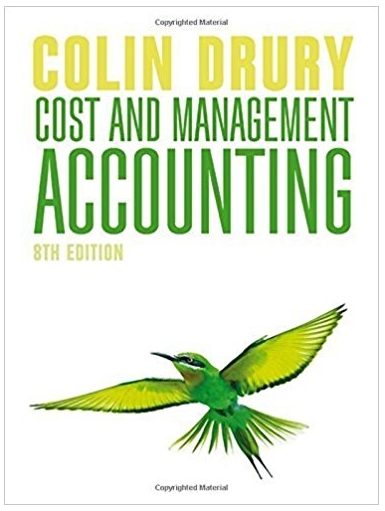A rm has two divisions, each of which has its own manager. Managers of these divisions are
Question:
(a) Assume that expending effort is costless to the managers and draw the payoff table for this game. Find the NASH equilibrium of the game and explain whether the game is a prisoners' dilemma.
-1.png)
(b) Now suppose that expending high effort is costly to the mangers (such as a costly signal of quality). In particular, suppose that high effort" costs an equivalent of $60,000/year to a manager that chooses this effort level. Draw the game table for this new version of the game and find the Nash equilibrium. Explain whether the game is a prisoners' dilemma and how it has changed from the game in part a.
-2.png)
(c) If the cost of high effort is equivalent to $80,000/year, how does the game change from that described in part b? What is the new equilibrium? Explain whether the game is a prisoners' dilemma and how it has changed from the games in part a and b.
-3.png)
(d) Assume now that the owner of the firm can't actually observe manager effort, but instead determines effort based on relative output of the two divisions, meaning that the manager with the division that produces the most is assumed to have provided the highest effort. If the payoffs are the same in part c, does this change the outcome of the game? If the managers play this game repeatedly, does it matter whether effort is directlyobservable?
Step by Step Answer:






